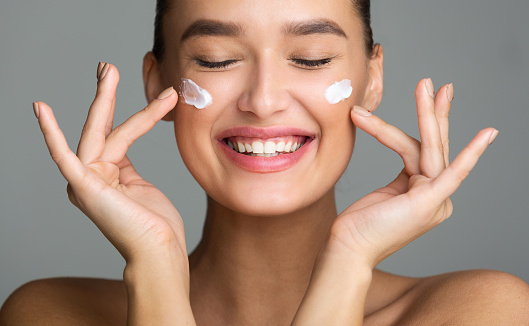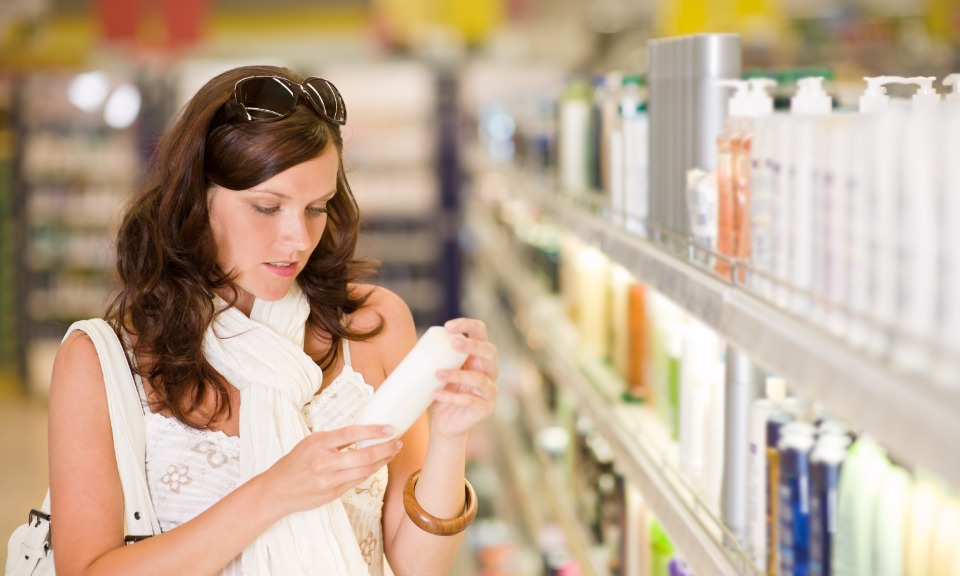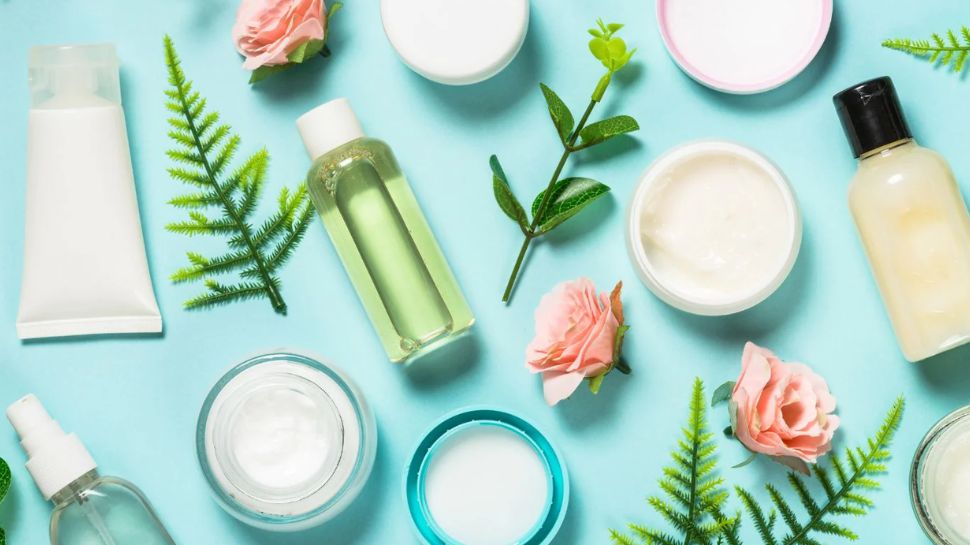
Beneath the Surface: The Real Cost of Everyday Beauty. From the outside in, our products may be doing more harm than good.
We all want to look and feel our best. But what if the very products we trust to care for our skin, hair, and body are quietly doing harm beneath the surface – even when they appear to be doing us the most aesthetic favors?
From your favorite face cream that supposedly evens out skin tone, to the “miracle” shampoo that promises to double your hair volume, many everyday beauty and personal care products contain toxic chemicals linked to serious health issues. And while marketing may convince us these products are safe, or even essential, perhaps we should take a closer look at what we’re really putting on our bodies, for the sake of health, hormones, and long-term well-being.

The Hidden Dangers in Everyday Products
The beauty industry thrives on image and the allure of transformation. But behind many luxurious advertisements and sleek packaging lies a cocktail of chemicals that are certainly not as glamorous as they look or feel. Some of these most common offenders include:
Parabens
These synthetic preservatives are used to extend product shelf life, but at what cost? Parabens (like methylparaben and butylparaben) mimic estrogen in the body, leading to hormonal disruptions. They’ve been found in breast cancer tissues and are linked to fertility issues, immune suppression, and reproductive toxicity.
Phthalates
Often hiding under the word “fragrance,” phthalates help products stick to your skin or hair. But they’re also hormone disruptors associated with birth defects, obesity, reduced testosterone, infertility, and even cancer.
Synthetic Fragrances
Smelling good shouldn’t come with a health warning, but synthetic fragrances often contain hundreds of undisclosed chemicals, including carcinogens and volatile organic compounds (VOCs) that can trigger asthma, allergies, skin irritation, and hormonal imbalance.
Heavy Metals
Found in products like lipstick, eyeliner, and foundation, heavy metals such as lead, mercury, and cadmium can be absorbed through the skin or ingested over time. These toxins may accumulate in the body and have been linked to neurological damage, hormonal imbalance, and even organ toxicity.
Sodium Lauryl Sulfate (SLS)
This common foaming agent strips away natural oils, damaging the skin’s barrier, worsening dryness, and triggering inflammation. It’s also petroleum-based, making it harmful to both your body and the planet.

When Labels Aren’t the Whole Truth
When it comes to beauty and personal care products, things aren’t always as they seem. Words like “natural,” “gentle,” or even “dermatologist tested” can be misleading, and ingredient lists often leave out key details, or mention things we can’t even pronounce.
What’s more, many harmful ingredients can be hidden behind vague or scientific-sounding names, making it difficult for the average consumer to know what they’re really using. And because beauty products don’t always go through the same level of scrutiny as other health-related items, there is often more flexibility in how they are formulated and marketed.
The Cycle of Chemical Dependency
Here’s how the harmful cycle works:
- You use a product that promises results.
- With time, you start noticing side effects: dryness, irritation, breakouts, weight gain, hormonal changes.
- You try something else, hoping for relief and eventual satisfaction.
- The new product contains the same (or worse) toxic ingredients.
- The cycle repeats.
So, I guess at this point, the million-dollar question is – How do I break this cycle??

Clean Beauty: Making Safer, Smarter Choices
Clean beauty is not about perfection—it’s about progress. It’s about changing to and choosing products that are safe, non-toxic, and transparent.
What to Look For:
- No parabens or phthalates
- No synthetic fragrances
- No sulfates or formaldehyde
- No undisclosed chemicals
What to Choose Instead:
When looking for safer alternatives, prioritize products that:
- Use plant-based or naturally derived ingredients
- Are free from synthetic fragrances, parabens, phthalates, and sulfates
- Clearly list their full ingredient breakdown
- Highlight biodegradable, eco-conscious, and cruelty-free formulations
- Use gentle surfactants like coconut- or sugar-derived cleansers
Look for brands that are transparent, prioritize wellness, and align with your personal values, whether that’s sustainability, clean chemistry, or minimalism. You don’t need a massive overhaul, just thoughtful, intentional swaps over time can make a real difference.

The Change Starts with You
Choosing clean beauty is not only a stand for your health, but for your family’s well-being, and a safer, cleaner planet. The beauty industry doesn’t have to be seen as toxic, but real change starts with awareness and action.
At The Flow Space, to help identify how these exposures may be affecting your health, our clinic offers Organic Acids Testing (OAT) with our in-house doctor, Dr. Jennifer Kaur. This comprehensive urine test can reveal imbalances related to chemical exposure, nutrient deficiencies, and even how well your body is detoxifying. It’s a powerful tool for anyone looking to better understand the burden of heavy metals on the body, and how it affects certain physiological processes.
Your health isn’t just a number, it’s how you feel, how you move, and how you do life, every single day. At The Flow Space, our goal is to help you understand what’s actually happening in your body, so you can make changes that finally work for you and improve life overall. When you know what’s behind the struggle, you can take control in a way that actually lasts. And we’d like to make sure you never have to figure it out alone. Reach out now!

Recent Posts
Categories
Posted In Flow Team, General Health, Uncategorized
Posted On 16 May 2025